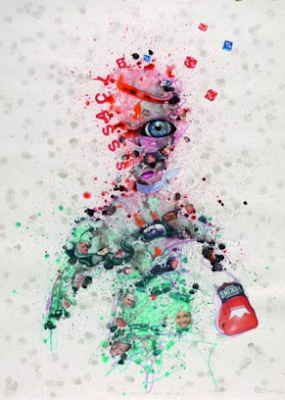Hello! I'm back from my road trip through Brittany with my grandfather and brothers. It was extremely beautiful and nice to get away from the big city for a little while.
Here's Brittany.
Here's the outline of my trip.
The outline of my road trip around Brittany!
First we drove to Mont Saint Michel, a famous Catholic abbey built between the 11th and 16th centuries with an estimated date of completion around the year 1523. That means this French abbey was completed about thirty years after Columbus' ship landed on the coast of the United States. The abbey and the surrounding town mirror the structure of a European feudal society, as drawn below.
Photo taken from http://jfortunato.weebly.com/whi9-study-resources.html
Here are a few pictures of the abbey and my time there.
The abbey is UNESCO world heritage site. Take a look at some other world heritage sites here.
There's the French flag! Interested in playing a flags of the world guessing game, here it is.
View from the top. The city was created around water to make it easier to fend off attackers.
Inside of the abbey.
A peninsula is a body of land surrounded by water on three sides. Can you spot the peninsula?
Image taken from juzaphoto.com.
After that, we headed to the small city of Roscoff to grab lunch. We spent the night in the countryside before going to our next destination: Carnac. Carnac is known for being a large megalithic site in France with lots of extremely old stones, which are called dolmens and menhirs in French. Some of these stones are as old as 4500 BCE, which means that they are over 6000 years old! The stones were clearly placed in this area for a reason, but what they were used for remains a mystery.
I'm 5'4'' so I wonder if you can try and estimate how big this stone is...
Some people believe that these stones were used to help our ancient ancestors read the skies and understand the weather, some people believe that they were a kind of burial stone, while others think that they were used for farming. What is your hypothesis? What is your guess?
After Carnac, we decided to stop in the city of Chartres on our way back to Paris. Chartres is known for its large cathedral.
Did you notice that the left and right towers have a different architectural style? That's because they were built in different years.
Okay dear students, I'll be leaving France in just a few days. I'll be spending the rest of my time here with friends and family. Have a wonderful break and I look forward to seeing you on Monday and discussing my trip with you in person.
Sincerely,
Miss Alicia
Opinions expressed are solely my own and do not express the views or opinions of my employer.





















